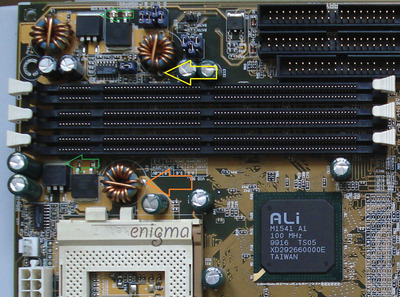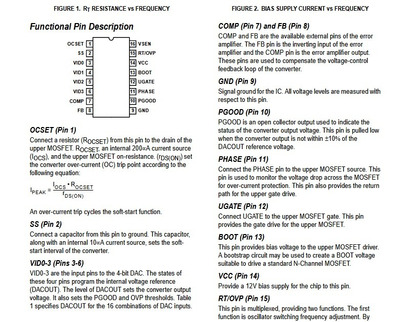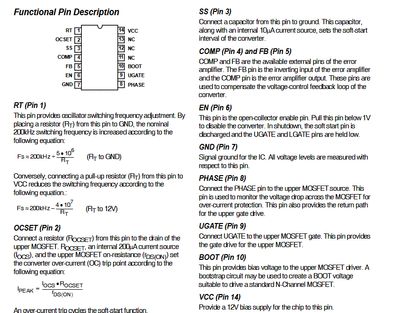First post, by Nemo1985
I recently bought an Asus P5A, rev 1.04, I have a 1.03 already which instead works.
I noticed that the cpu won't get warm, I measured that the power consumption is pratically the same when the cpu is installed or not installed.
Debug card shows: ----
All lights are up except for the 5v, this is the same behaviour I get on the working card.
Capacitors are not bulged, the card has no visible physical damage.
Any help to troubleshoot the issue?
Thanks




